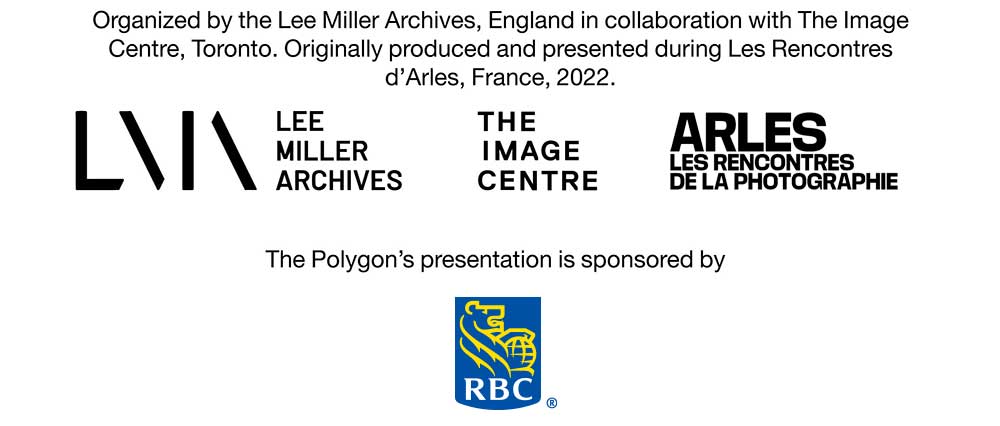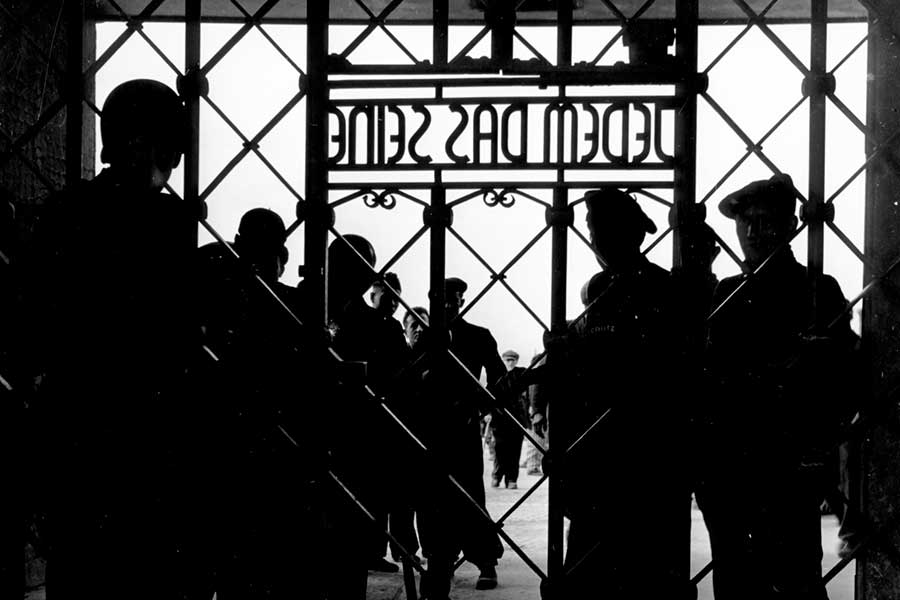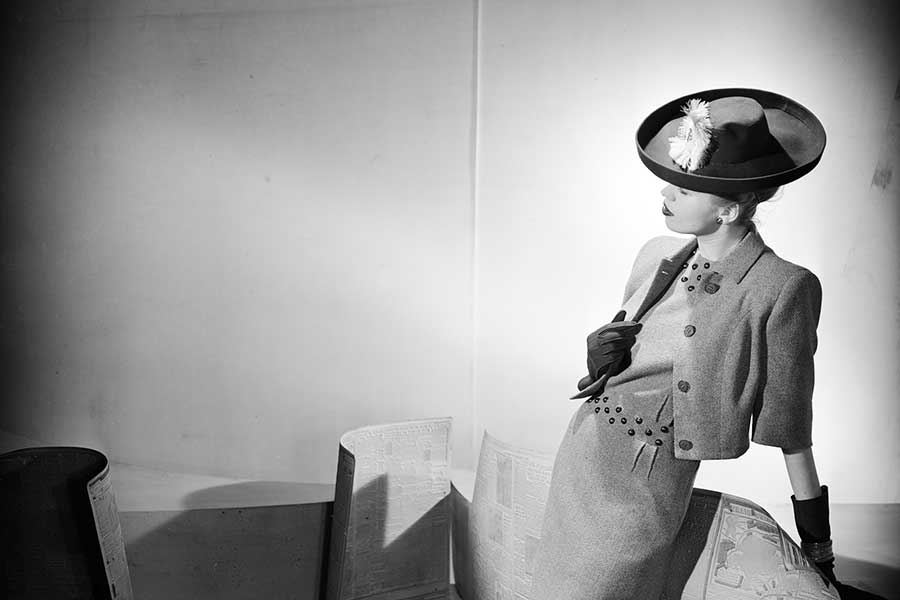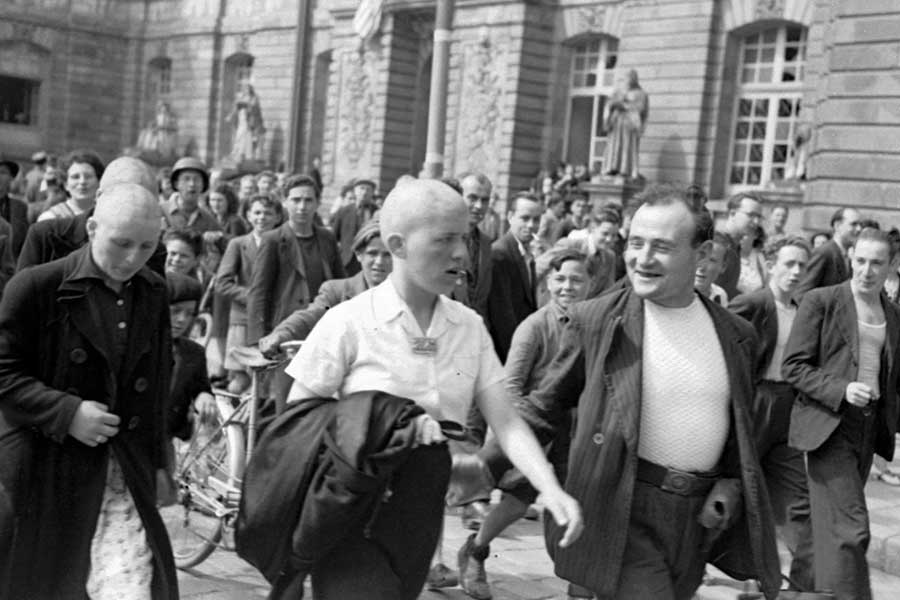Lee Miller: A Photographer At Work (1932—1945)
This exhibition explores one of the most intense and productive chapters in the professional life of American photographer Lee Miller. Between 1932 and 1945 Miller was a renowned portrait photographer running her own studio in New York (1932—1934), a photographer for perfume and cosmetic brands in advertising (1939—1945), and a fashion photographer and war correspondent for the British edition of Vogue (1939—1945). This short time span encompasses a rich history in which the photographer moved between and linked her various practices. Miller’s diverse professional activities, and the ease with which she stepped from one context to another, reveal a photographer whose work was defined primarily by its exchange and commercial value. Lee Miller: A Photographer at Work reveals the inner dynamics of managing a photography career amid the myriad challenges facing professional women at the time. The exhibition offers a rich and complex portrait of this important figure, previously known best for her collaboration with American artist Man Ray and her close ties to the Surrealist movement of the 1920s.
About Lee Miller
Lee Miller (1907 – 1977) entered the photography world in New York as a model to the great photographers of the day such as Edward Steichen, George Hoyningen-Huene, and Arnold Genthe. In 1929 she moved to Paris to work with Surrealist artist and photographer Man Ray. It wasn’t long until Lee established her own photographic studio in the city, working as a commercial portrait and fashion photographer. Miller returned to New York in 1932, and, once more, established a successful photographic studio on the other side of the Atlantic, despite the economic depression in the USA.
In December 1942 she became a correspondent accredited to the US Army. She followed the US troops overseas and was one of the only woman combat photo-journalist to cover the front line war in Europe. Among her many exploits she witnessed the siege of St Malo, the Liberation of Paris, fighting in Alsace, and the liberation of the Buchenwald and Dachau concentration camps.
Post-war, Miller continued to contribute to Vogue, covering fashion and celebrity culture, including portraits of renowned artists such as Pablo Picasso and Joan Miró. Following the birth of her son, Miller re-located to Farleys, a farm in the East Sussex countryside. In the last two decades of her life, she became a celebrated, award-winning cook, known for her dishes inspired by Surrealism.
Events
Lee: Film Screening on Sunday, November 23
Learn More
Exhibition Audio Guides on Bloomberg Connects
Montecristo: North Vancouver’s Polygon Gallery Puts a Spotlight on Photojournalist Lee Miller
Global Television: War photographer’s work in the spotlight
CBC: The Polygon’s newest exhibit honours photographer Lee Miller
Curated by Gaëlle Morel, The Image Centre

Generously supported by
The Andrew Gruft Fund for Photography Exhibitions
Demetrios Babalos
Pauline and Bernie Hadley-Beauregard
Jane Irwin and Ross Hill
Maureen and Larry Lunn
Iain Mant
Munford Family Foundation
Karen Nishi and Michael Bruce
George Seslija and Dr. Marla Kiess
Andrew and Yasmeen Strang
John and Jennifer Webb
Banner Image: Lee Miller, Hats, Pidoux with original markings, Vogue Studio, London, England 1939. © Lee Miller Archives, England 2025. All rights reserved.


